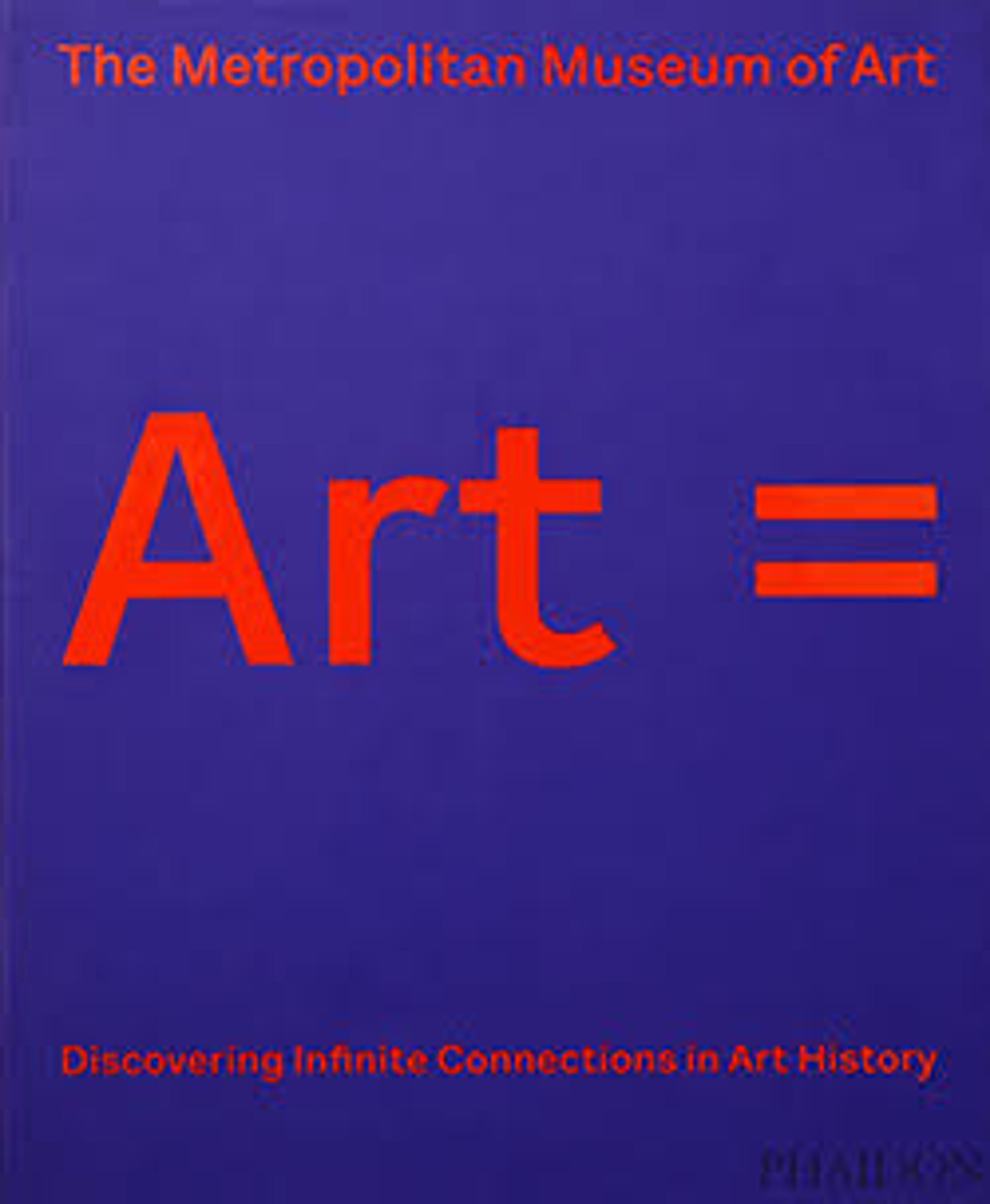Poem Written in a Boat on the Wu River
Sun Guoting's Manual on Calligraphy (687) states that calligraphy reveals the character and emotions of the writer. Few works demonstrate this principle as clearly as this handscroll by Mi Fu, the leading calligrapher of late Northern Song. Mi wrote Sailing on the Wu River with a suspended arm, working from the elbow rather than the wrist. It was not his aim to form perfect characters; instead, he entrusted his writing to the force of the brush, giving free reign to idiosyncratic movements, collapsing and distorting the characters for the sake of expressiveness. Su Shi (1036–1101) likened Mi's writing to "a sailboat in a gust of wind, or a warhorse charging into battle." Traditionally, calligraphy has been more highly esteemed in China than painting. In the 1950s when John Crawford began collecting it, most American scholars were unaware of its importance and the authenticity of many Crawford pieces was questioned. Today, these works are regarded as national treasures and the Metropolitan is the only leading museum in the West able to present major examples of this quintessential Chinese art form.
Artwork Details
- 北宋 米芾 草書吳江舟中詩 卷
- Title:Poem Written in a Boat on the Wu River
- Calligrapher:Mi Fu (Chinese, 1051–1107)
- Period:Northern Song dynasty (960–1127)
- Date:ca. 1095
- Culture:China
- Medium:Handscroll; ink on paper
- Dimensions:12 1/4 in. × 18 ft. 3 1/4 in. (31.1 × 556.9 cm)
- Classification:Calligraphy
- Credit Line:Gift of John M. Crawford Jr., in honor of Professor Wen Fong, 1984
- Object Number:1984.174
- Curatorial Department: Asian Art
Audio
7455. Poem Written in a Boat on the Wu River
0:00
0:00
We're sorry, the transcript for this audio track is not available at this time. Please email info@metmuseum.org to request a transcript for this track.
More Artwork
Research Resources
The Met provides unparalleled resources for research and welcomes an international community of students and scholars. The Met's Open Access API is where creators and researchers can connect to the The Met collection. Open Access data and public domain images are available for unrestricted commercial and noncommercial use without permission or fee.
To request images under copyright and other restrictions, please use this Image Request form.
Feedback
We continue to research and examine historical and cultural context for objects in The Met collection. If you have comments or questions about this object record, please contact us using the form below. The Museum looks forward to receiving your comments.
